Description
Chalcopyrite has a hardness of 3½ – 4 and a specific gravity of 4.1 – 4.3, meanwhile, Galena is only at 2½ on the mohs scale and clocks in with a specific gravity of 7.60, and Sphalerite is just as hard as Chalcopyrite at 3½ – 4 and a similar specific gravity as well recorded at 3.9 – 4.1.
Sphalerite was “originally called blende in 1546 by Georgius Agricola (Georg Bauer). Known by a variety of chemical-based names subsequent to Agricola and before Glocker, including “zincum”. Named Sphalerite in 1847 by Ernst Friedrich Glocker from the Greek σφαλεροζ “sphaleros” = treacherous, in allusion to the ease with which dark varieties were mistaken for galena, but yielded no lead” according to Mindat, and following that story, it seems Sphalerite may be one of the most aptly named minerals! However, with Zinc replcacing the Lead in the appearance of the rock, it’s a major ore for Zinc as Galena is for Lead. WebMineral shows a sample analyzed at 64% Zinc, 33% Sulfur, and 3% Iron. It’s interesting that Zinc is less than half the weight of Lead, and there’s not very much less Zinc in Sphalerite than Lead in Galena, yet, the specific gravity is so much less!
Galena gets its name for being the primary ore for Lead, having been worked as such for more than 5,000 years, and having been recorded with that name nearly 2,000 years ago by Pliny the Elder. With more than 28,731 recorded localities on Mindat, it is found in “ore veins with sphalerite, pyrite, chalcopyrite, tennantite-tetrahedrite, etc. and in skarns, as well as in sedimentary rocks where it may replace carbonate beds or be deposited in pore spaces” all over the world. At nearly 87% Lead and 13% Sulfur, there’s no question as to why Galena always feels so heavy!
Chalcopyrite, on the other hand, was named in 1725 by Johann Friedrich Henckel, and gets its name from the Greek words “chalkos”, for copper, and “pyrites”, for strike fire. There’s quite the group of minerals when it comes to pyrites, but this is definitely one of the most common, for sure, with more than 31,884 recorded localities on Mindat! It’s usually found “in hydrothermal veins, disseminations, and massive replacements; the principal copper mineral of porphyry copper deposits” according to Mindat. Also stated on that page is that Chalcopyrite is the “most abundant copper-bearing mineral and is widespread.” WebMineral shows a sample they analyzed at nearly a 33% split between Iron, Sulfur and Copper.
You can find Galena, Sphalerite, and Chalcopyrite in many places around Colorado, and the rest of the world, so no matter where you may find yourself hiking, be sure to keep an eye out for a rock like this and you’ll possibly be able to identify either Galena, Sphalerite, and/or Chalcopyrite, and possibly just strike it rich while stumbling into your next Lead/Zinc/Copper mine!

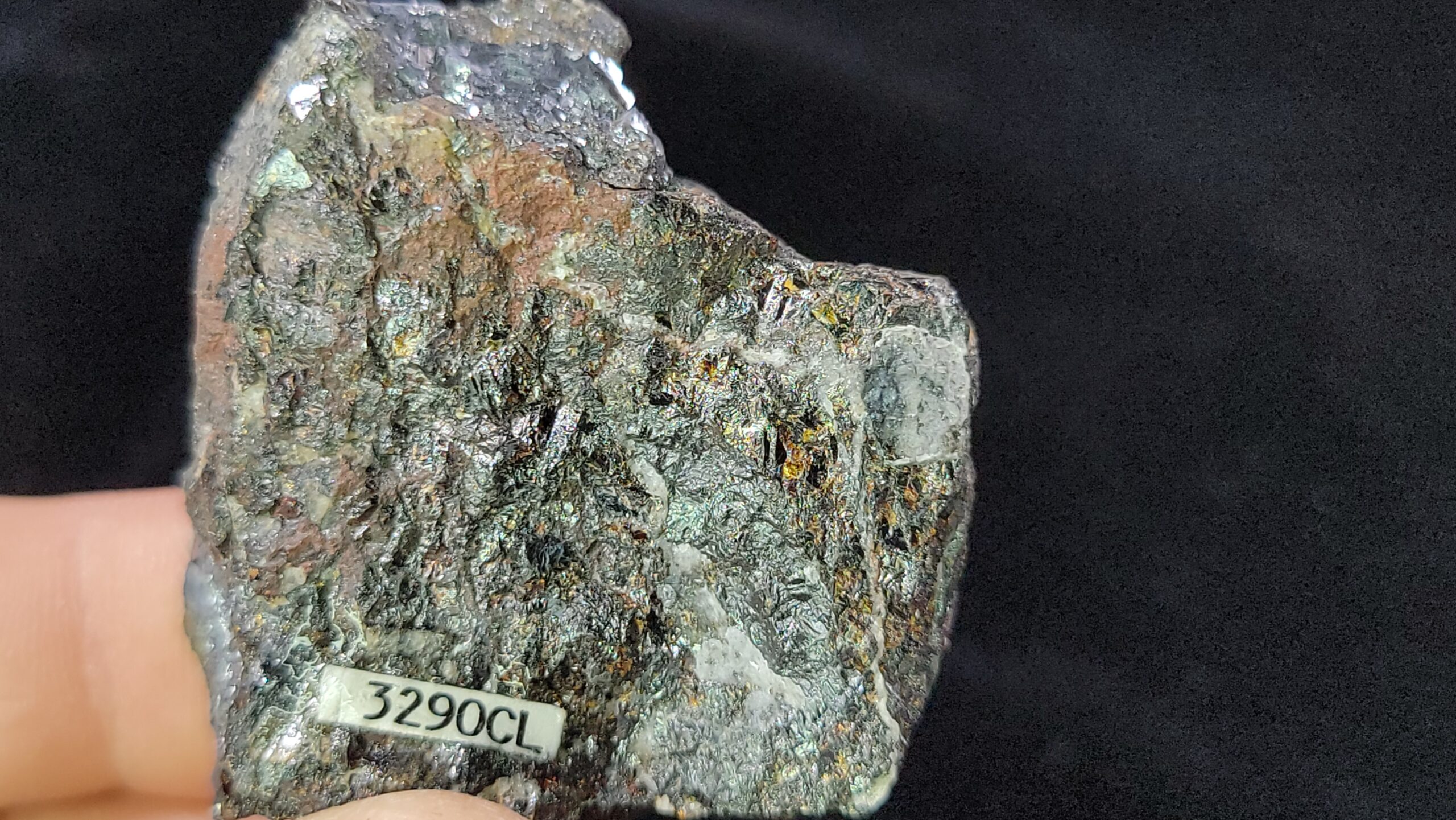

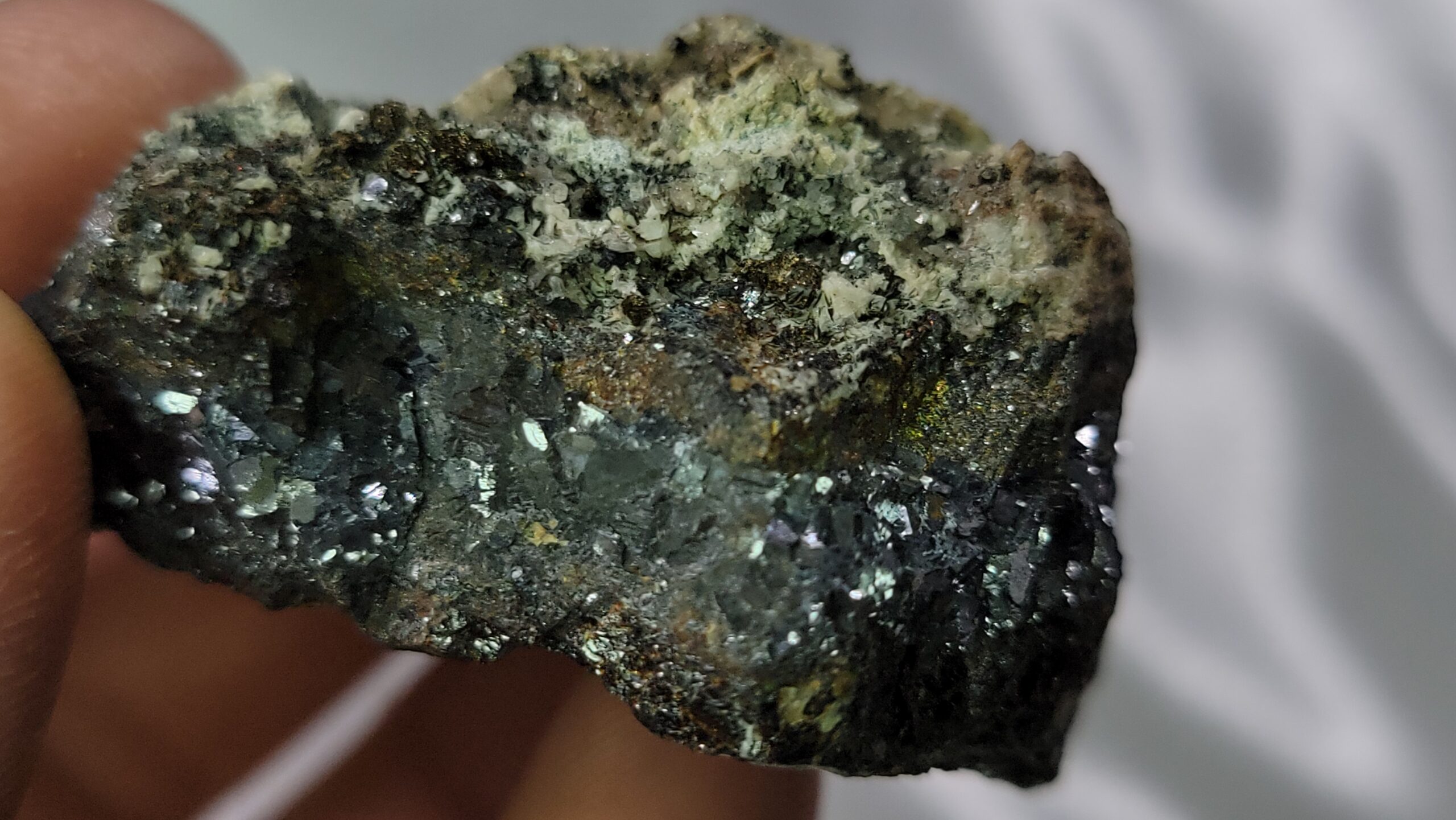


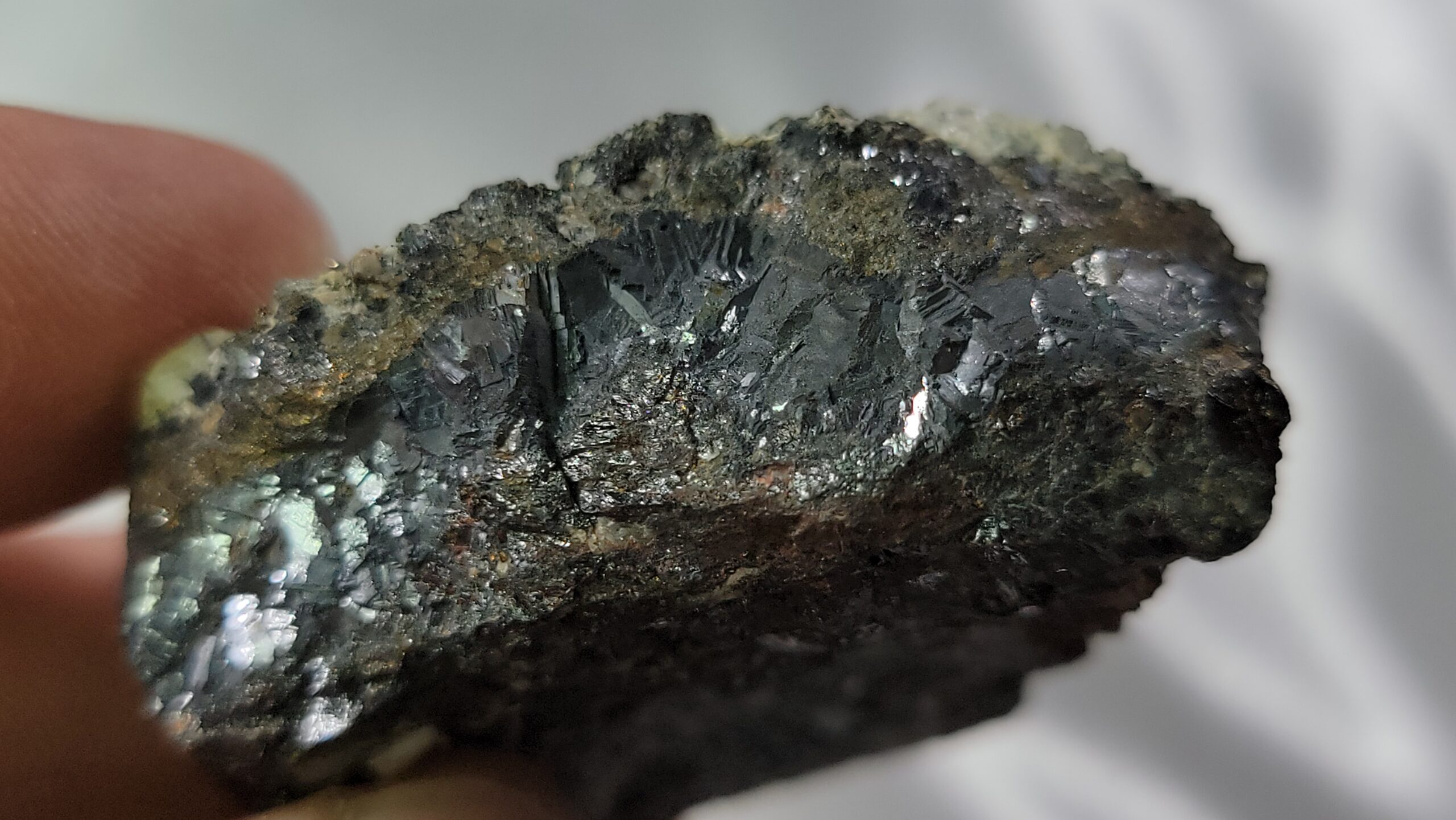

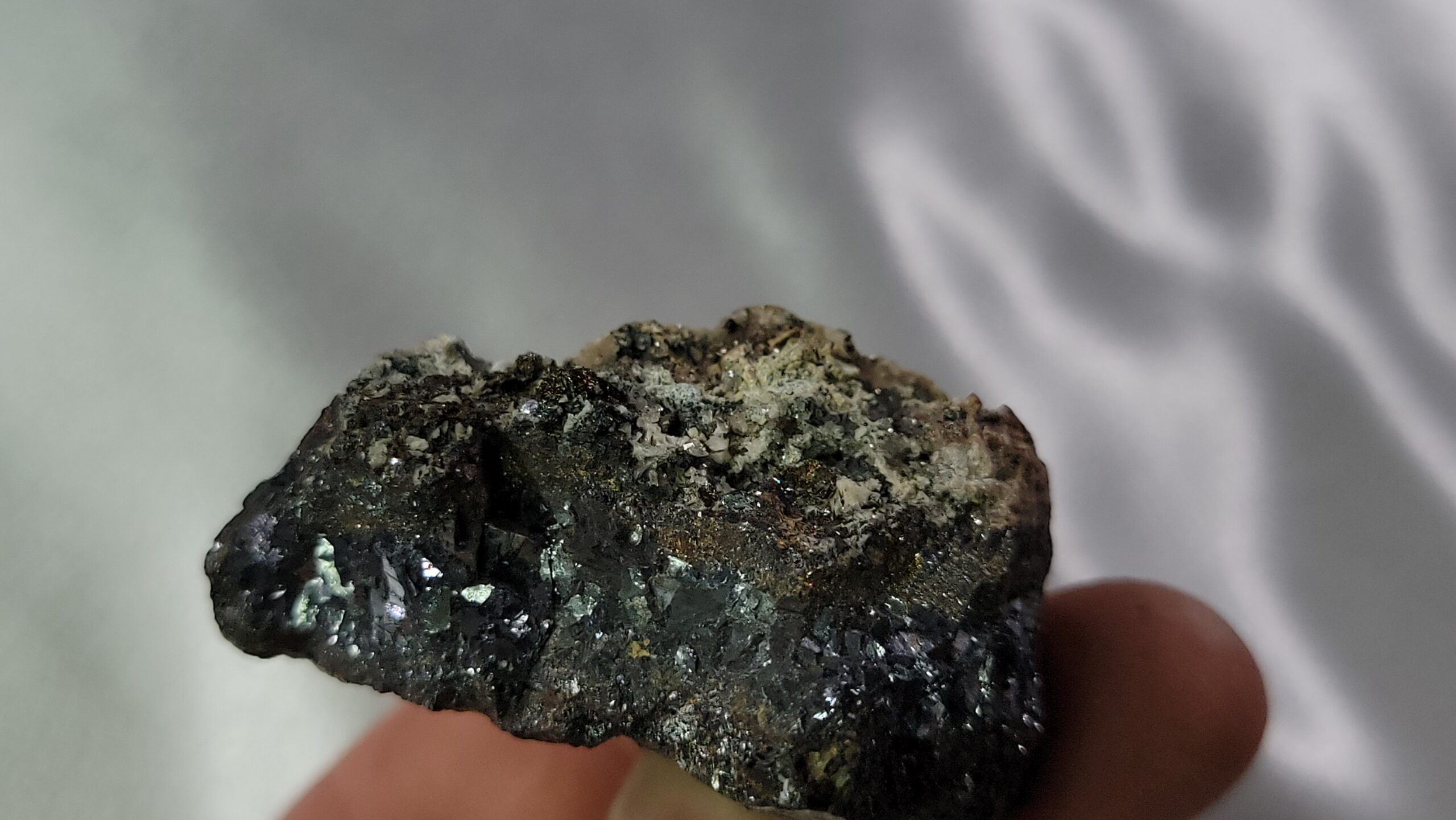
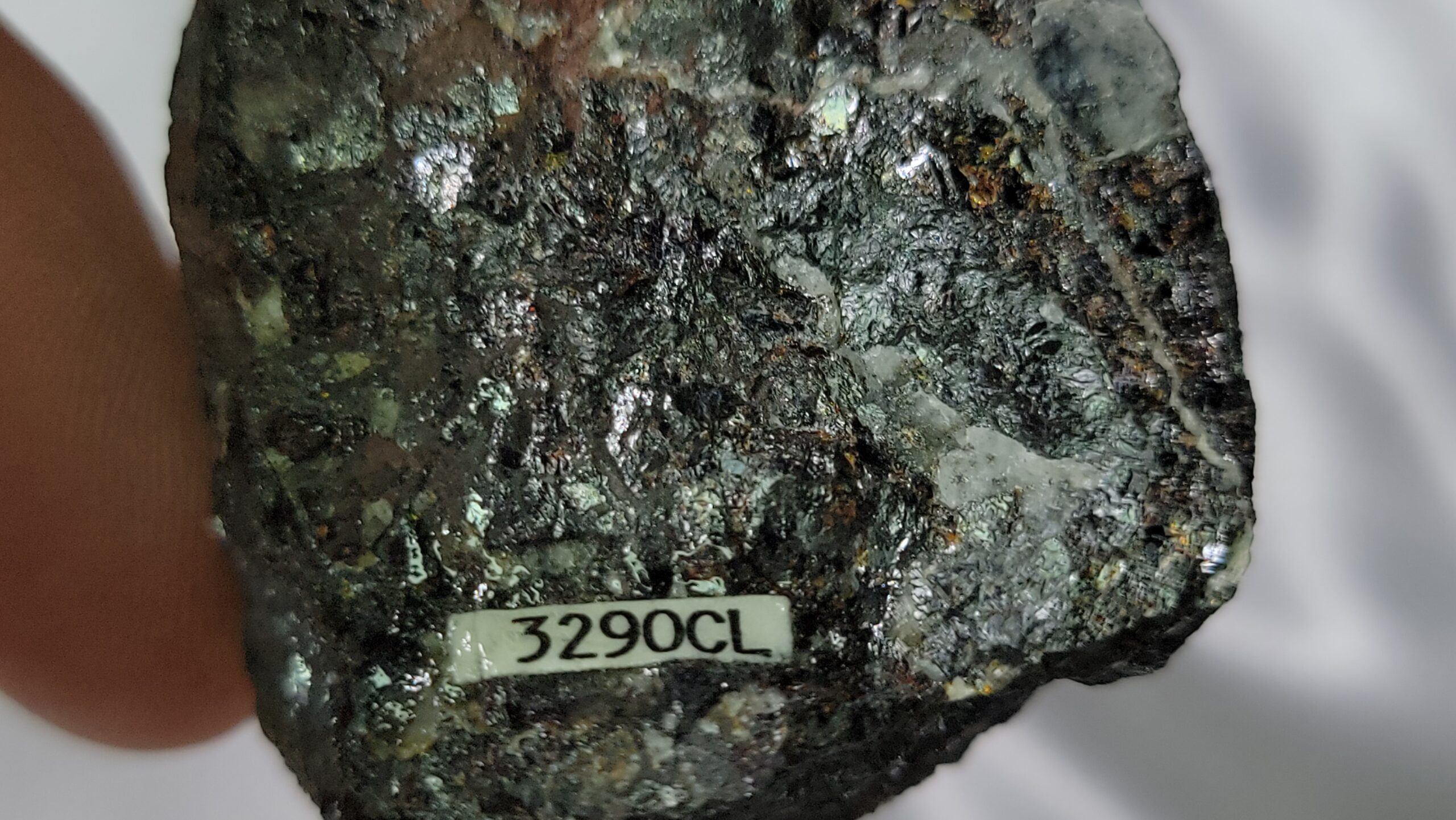
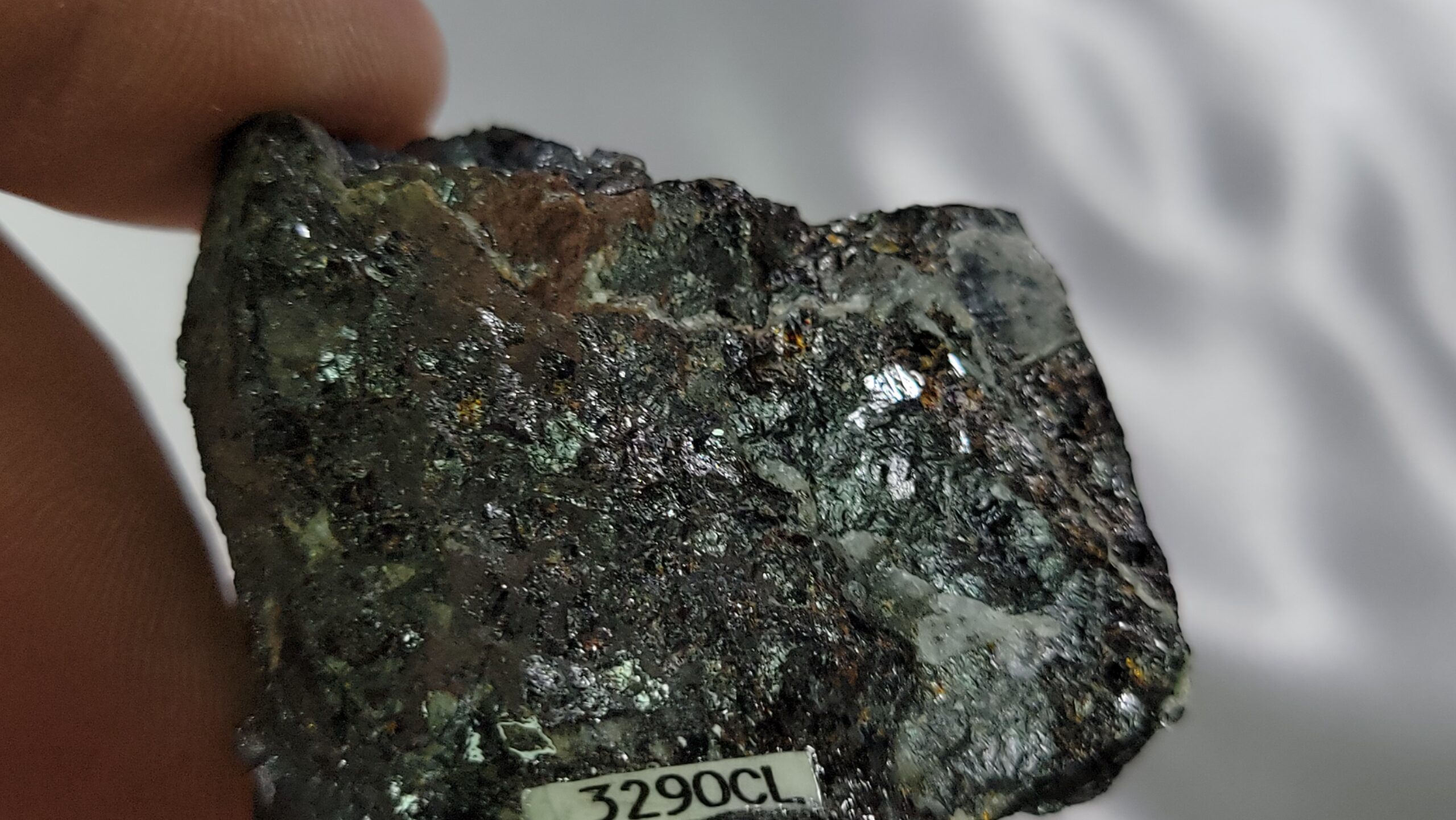


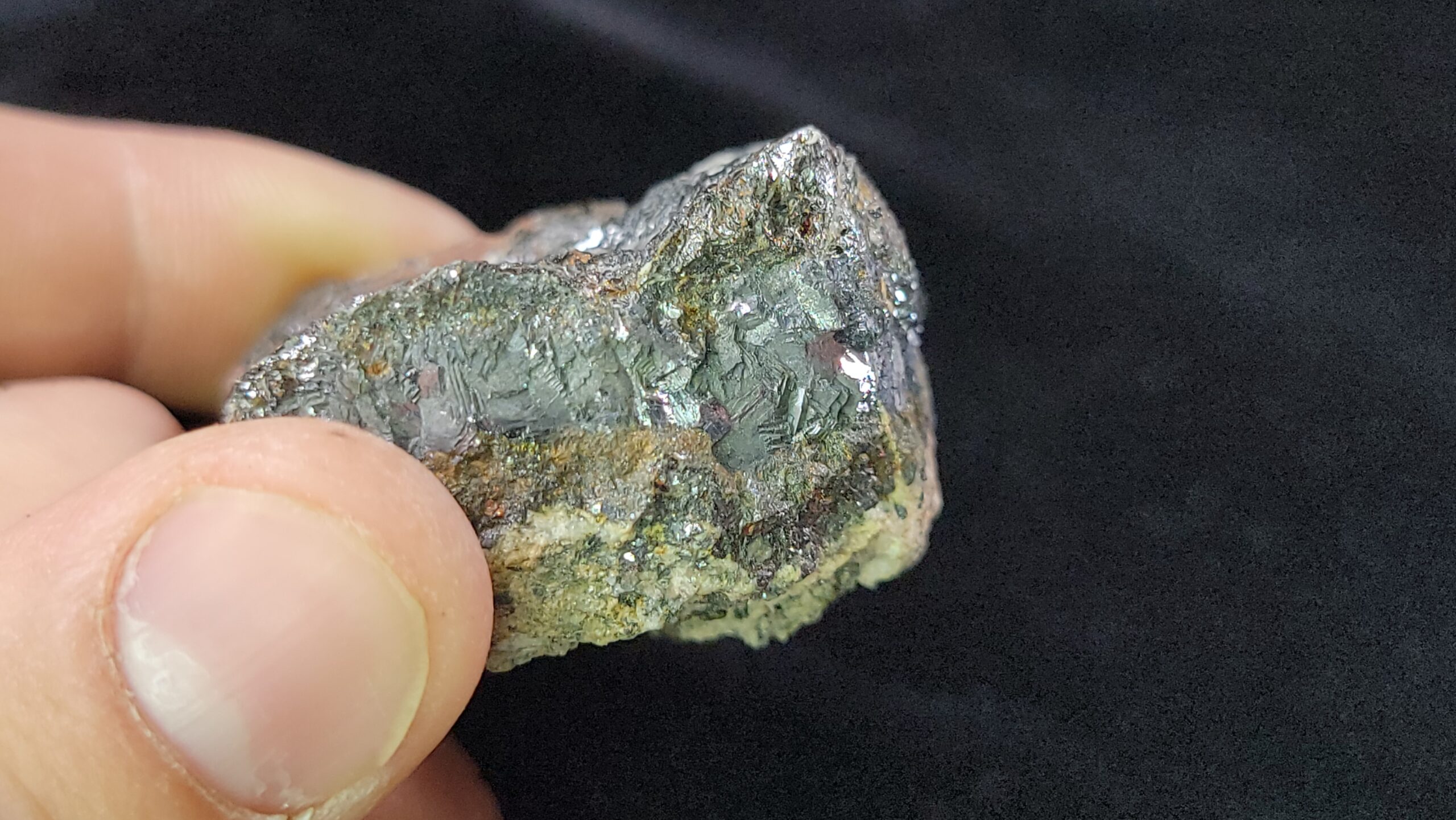
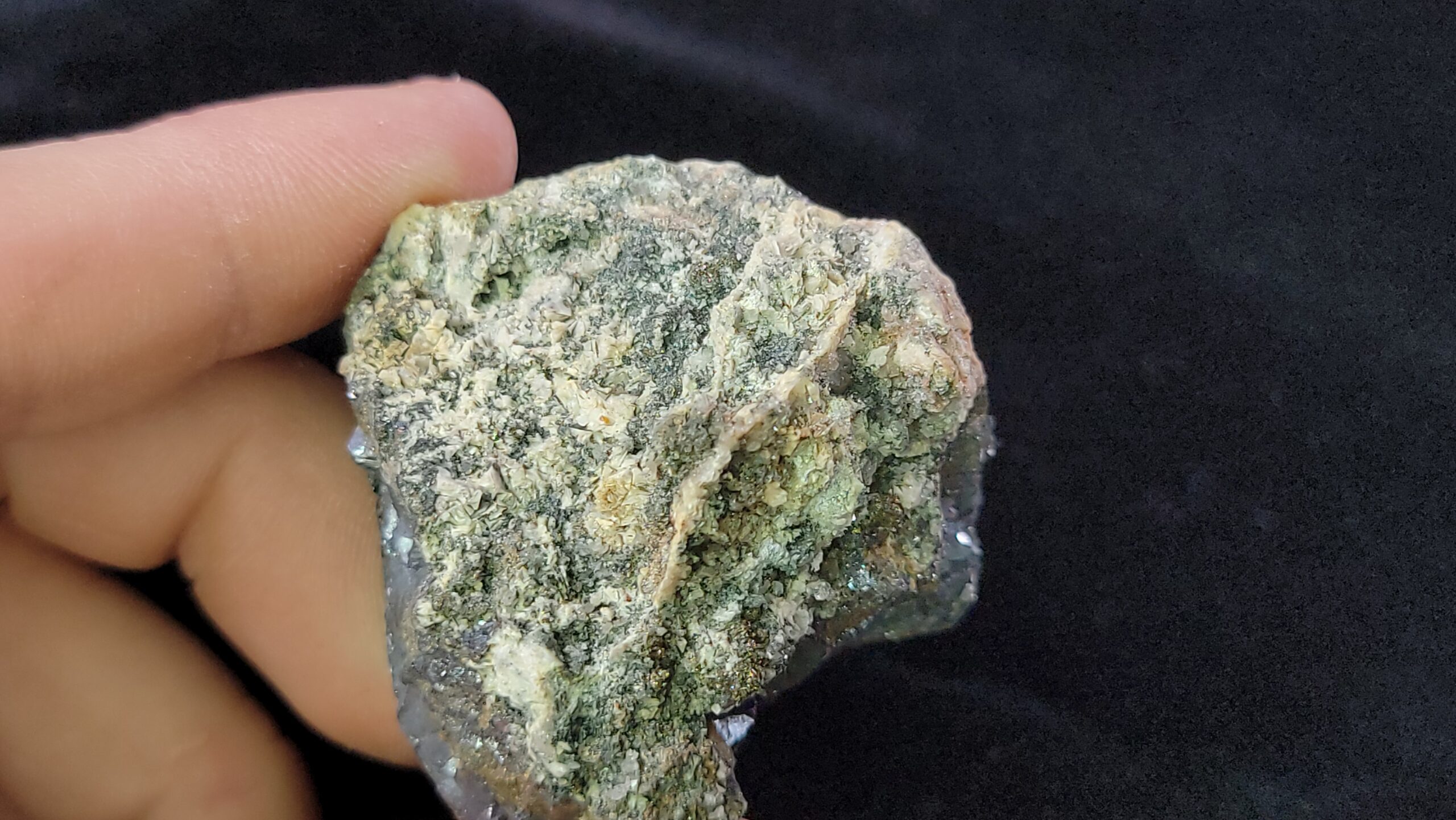
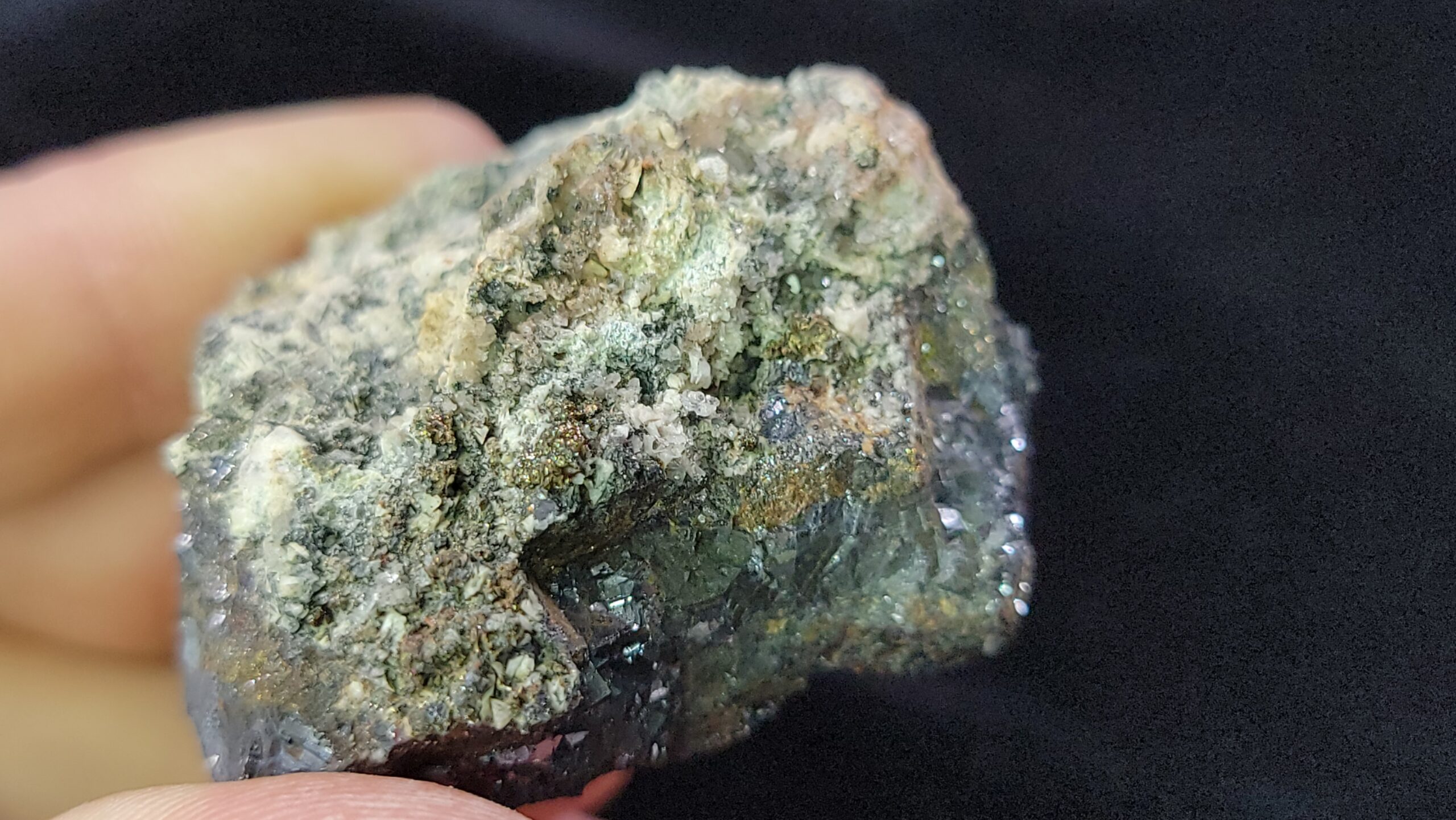
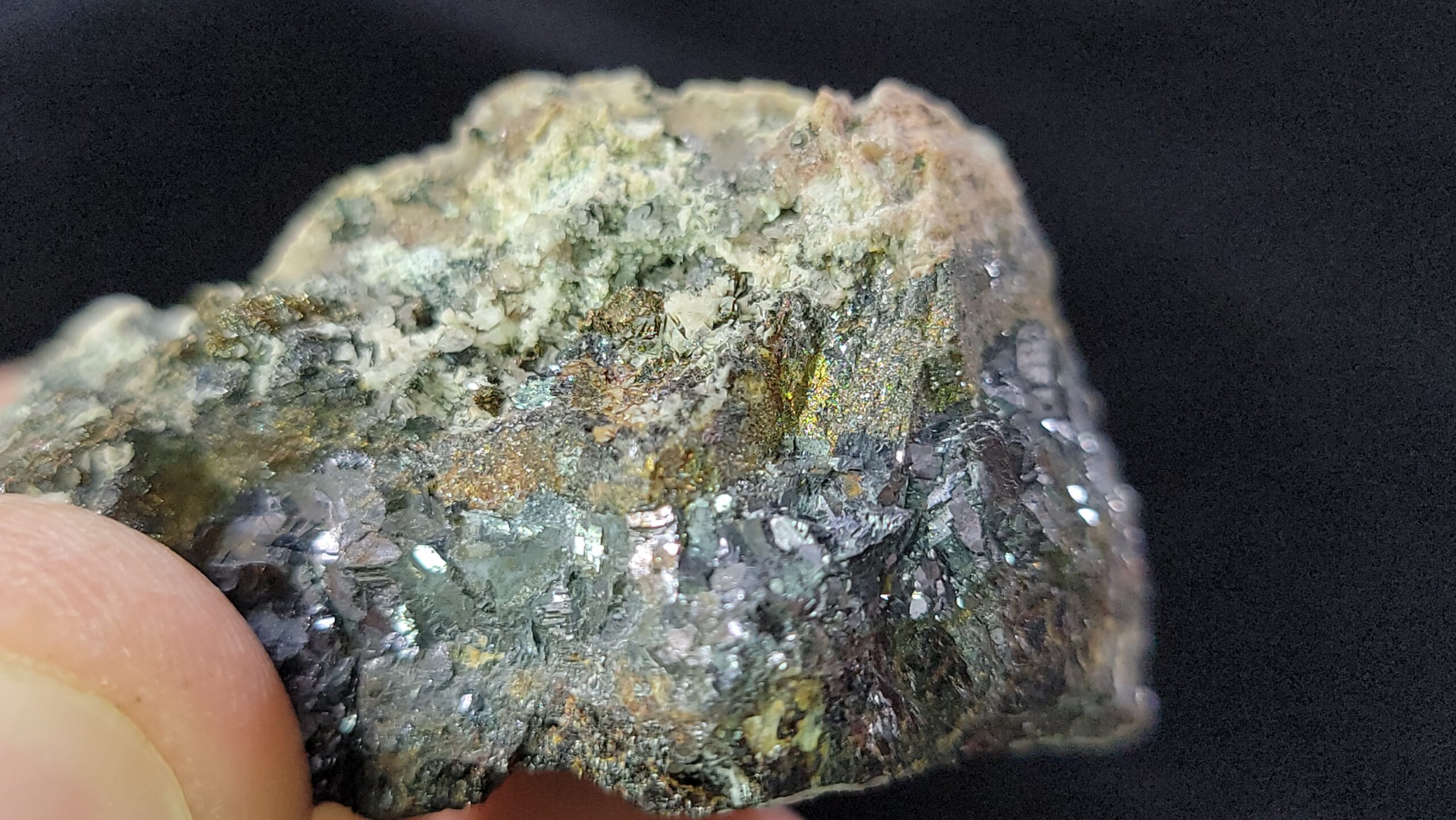
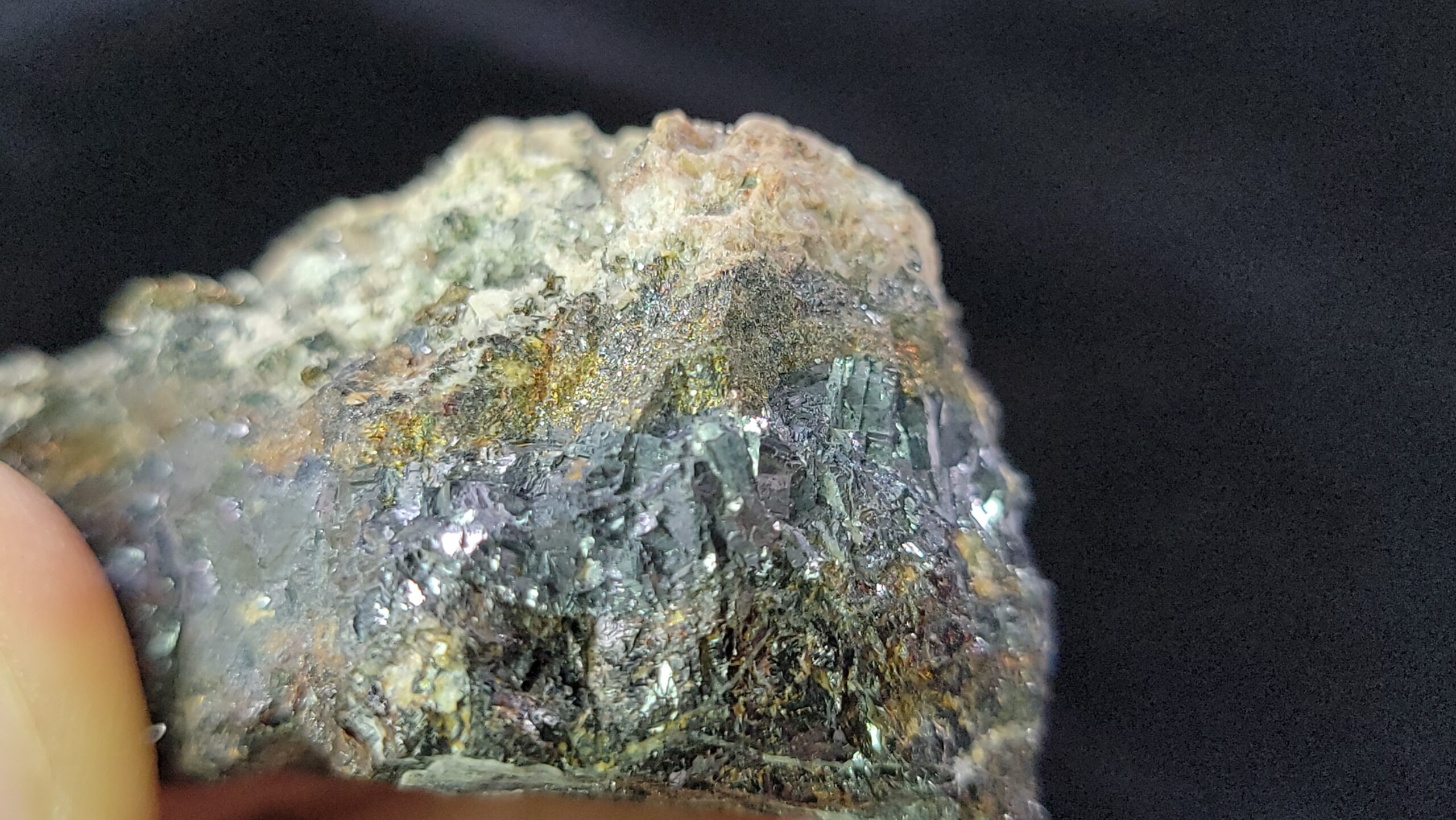
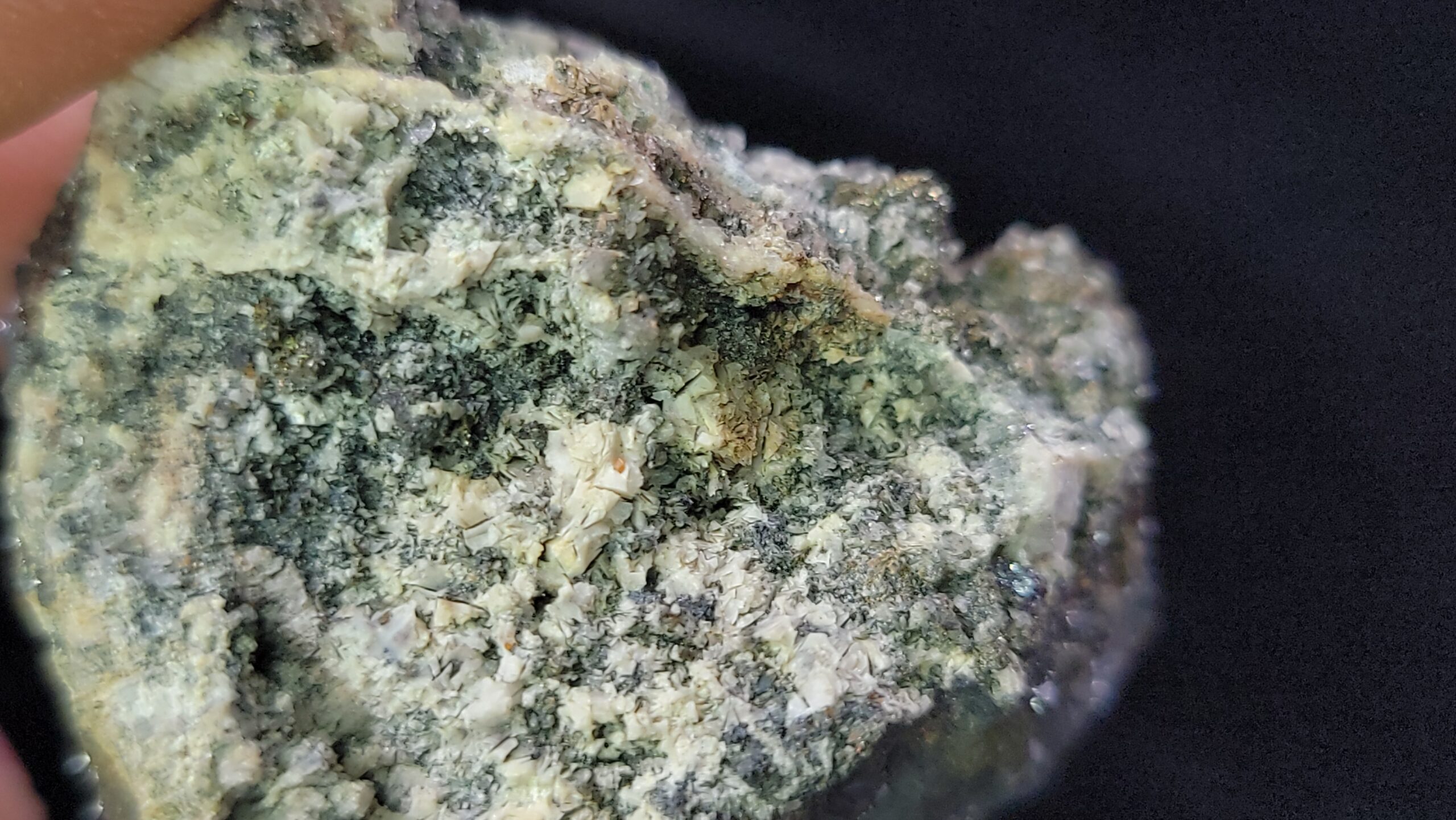
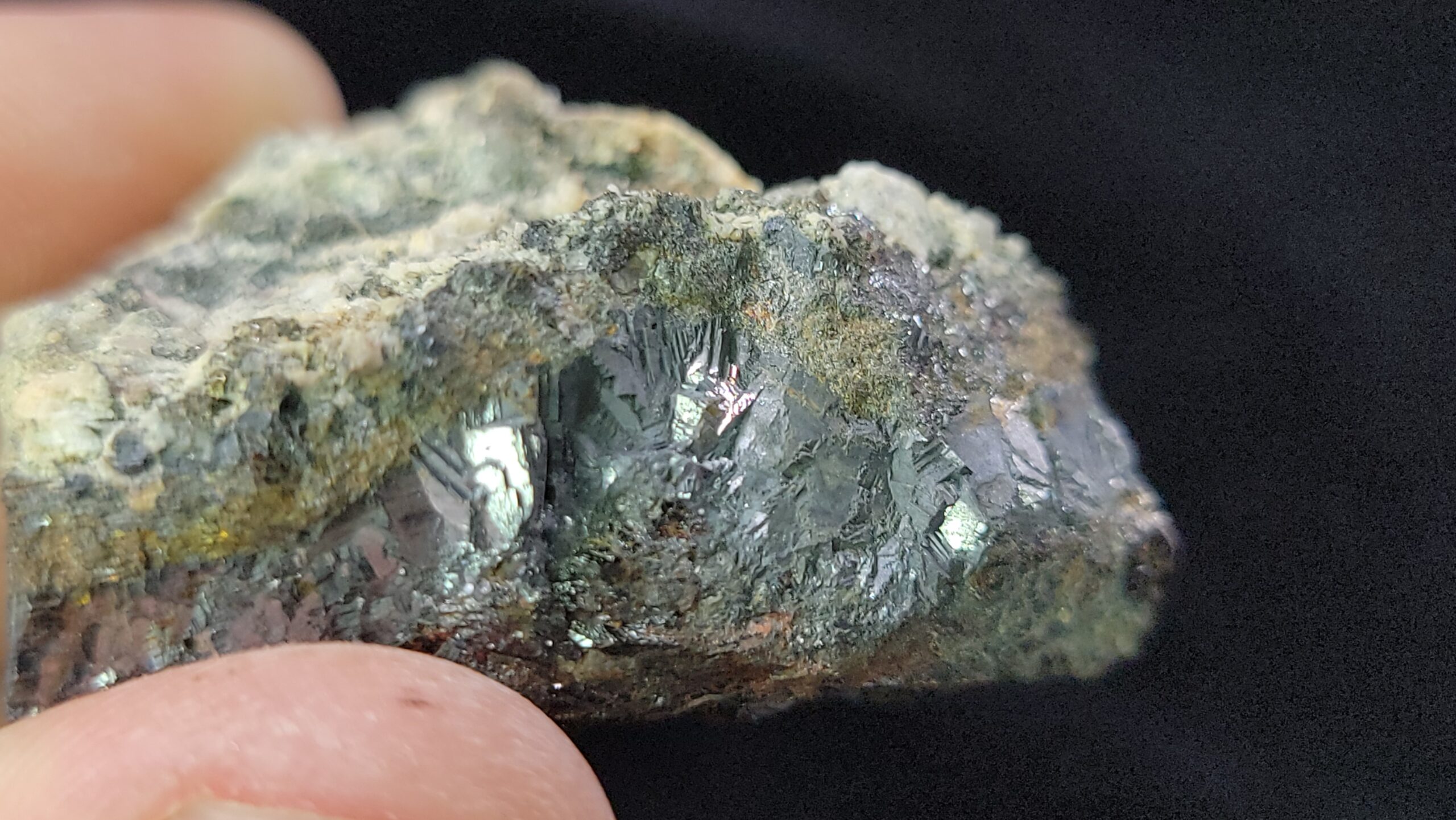



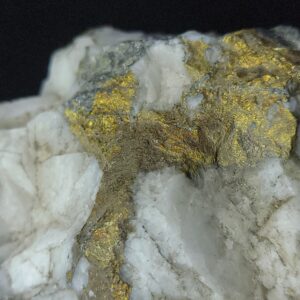




Reviews
There are no reviews yet.